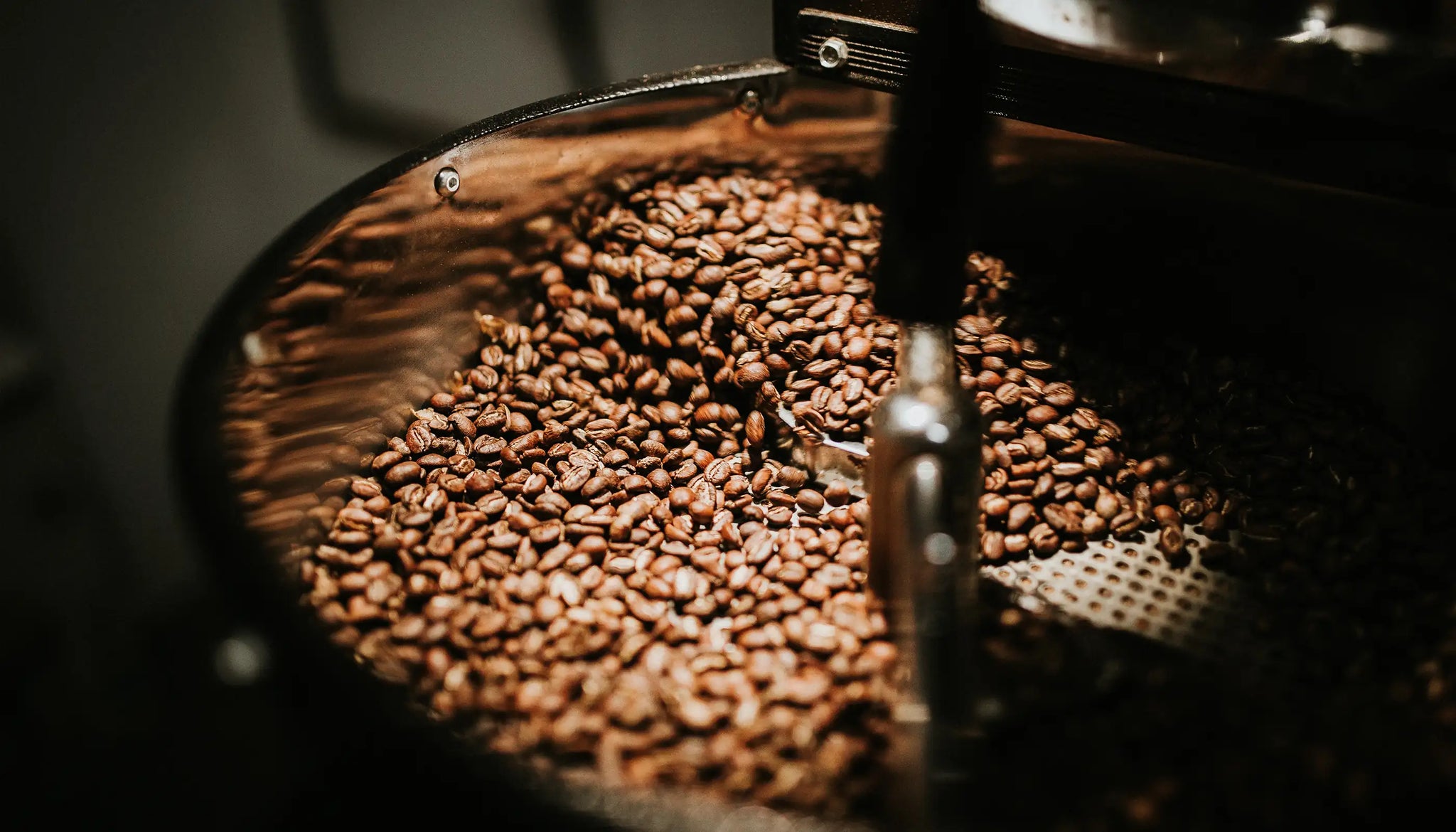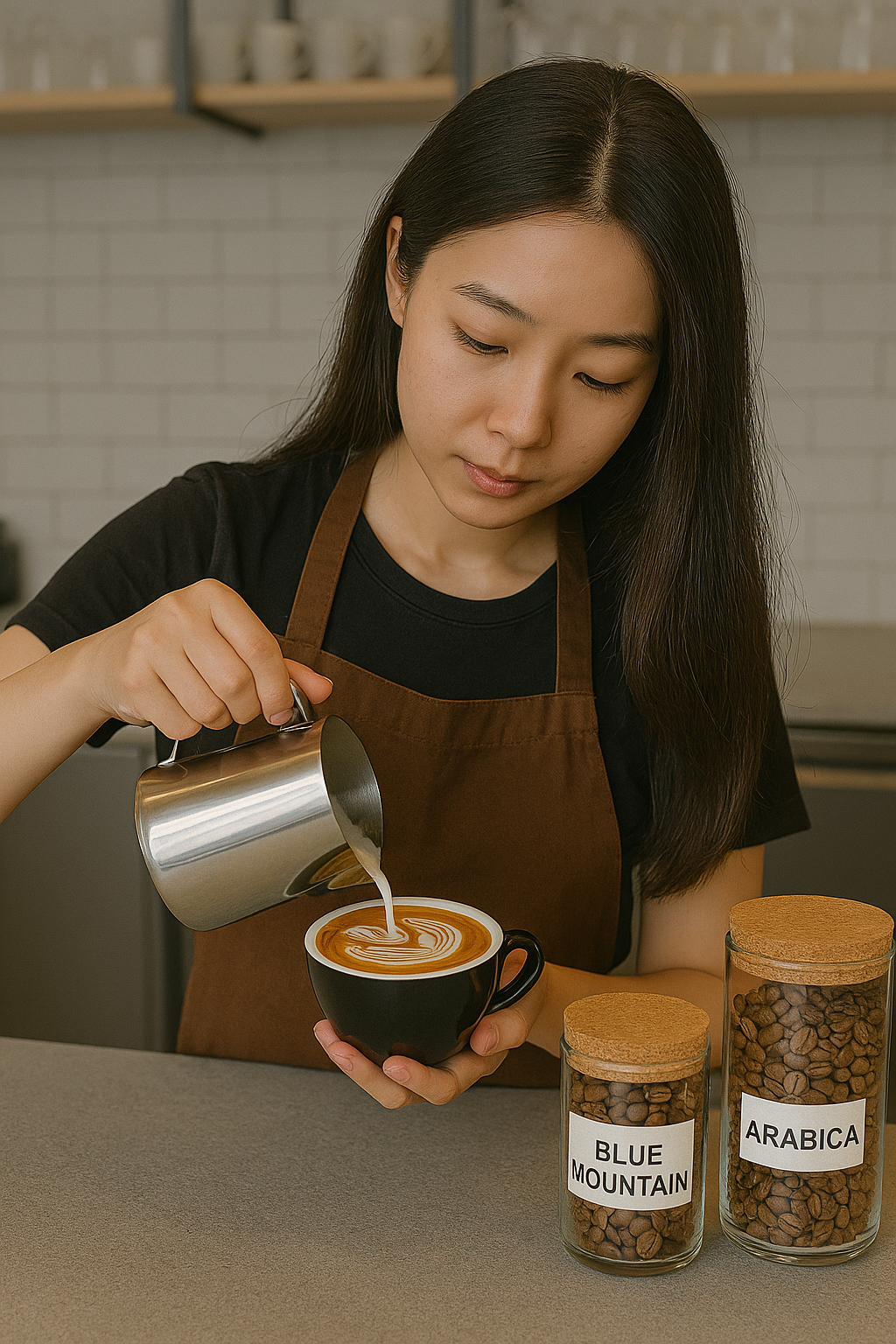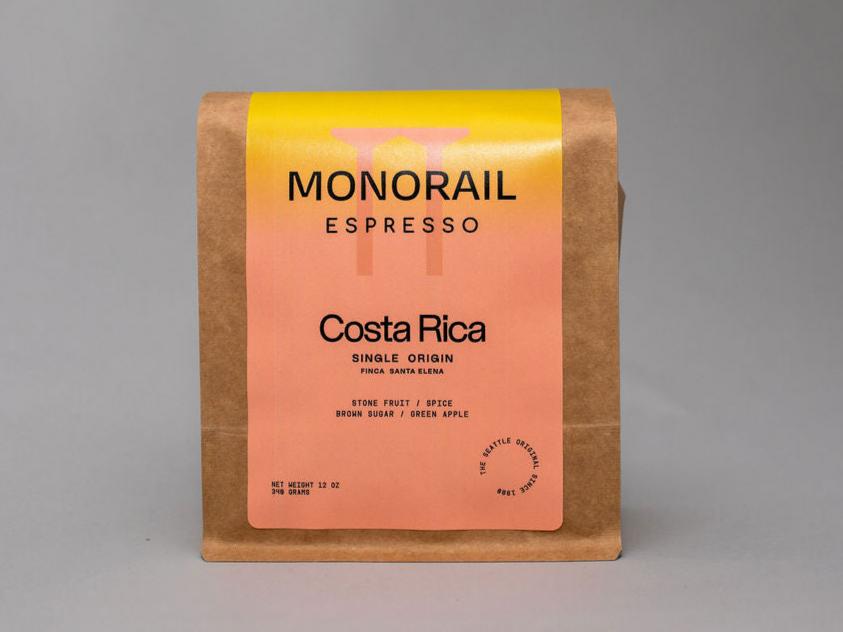How to Store SOE Single Origin Espresso for Optimal Freshness
Wiki Article
Understanding Coffee Beans: the Journey From Espresso to Blended Coffee Beans

The Beginnings of Coffee: A Worldwide Perspective
While you might think of coffee as a modern staple, its origins map back centuries, linking with societies across the globe. The tale begins in Ethiopia, where tale says a goat herdsman named Kaldi discovered the invigorating results of coffee beans after noticing his goats frolicking vigorously after consuming them.As trade routes broadened, coffee made its way to Europe in the 17th century, promptly getting popularity. Each culture added its one-of-a-kind spin to coffee preparation, enriching its background.
Farming and Harvesting of Coffee Beans
As coffee's trip evolved, the emphasis shifted to the growing and harvesting of particular bean ranges, specifically those used for coffee. You'll find that coffee beans commonly originate from Arabica or Robusta plants, each offering unique tastes. The optimal growing problems consist of high altitudes and abundant, well-drained soil, which improve the beans' quality.Throughout the harvest, selecting techniques differ. In some areas, workers hand-pick ripe cherries, making certain only the very best fruit goes to processing. In other locations, mechanical farmers are made use of, particularly on bigger ranches. When the cherries get to peak perfection for maximum taste., timing is essential; you desire to gather.
As soon as harvested, the beans are gotten ready for processing, which is vital in determining their last preference. Recognizing the growing and collecting processes gives you understanding right into what enters into your preferred espresso, improving your gratitude for every mug.
Handling Methods: From Cherry to Bean
Since you have actually found out about gathering coffee beans, let's check out how those cherries transform into the coffee beans you love. You'll see just how various harvesting strategies influence taste, followed by the crucial steps of fermentation and drying. Finally, we'll break down the milling and grading process that establishes your coffee's quality.Harvesting Strategies Discussed
When it pertains to coffee, comprehending harvesting methods is important, given that they straight influence the taste and high quality of the beans you appreciate. There are 2 main approaches: discerning selecting and strip picking. Discerning choosing includes hand-picking just ripe cherries, guaranteeing you get the most effective quality beans. This technique commonly results in a richer taste profile, though it's even more labor-intensive. On the various other hand, strip choosing means harvesting all cherries simultaneously, despite ripeness. While it's quicker and cheaper, this can lead to a mix of tastes, influencing the final product. Eventually, the option of collecting method can significantly influence your coffee experience, so it deserves understanding exactly how those beans made it to your mug.Fermentation and Drying Out
After harvesting, the following steps in processing coffee beans play a considerable duty fit their flavor. You'll find that fermentation is crucial, as it assists damage down the mucilage bordering the beans, improving their preference account. Depending on the technique, this process can last from a few hours to several days, with differing outcomes based on temperature and moisture.As soon as fermentation is full, drying out complies with, which is similarly essential. You can choose from mechanical or sun-drying drying techniques. Sun-drying allows the beans to absorb flavors from the atmosphere, while mechanical drying out warranties regular wetness degrees no matter of weather. Correct drying is vital to stop mold and maintain the beans' top quality, eventually influencing your cup of coffee.
Milling and Grading Refine
As fermentation and drying set the stage for taste advancement, the milling and grading process assurances that only the finest coffee beans make it to your mug. This phase involves getting rid of the external layers of the coffee cherry, including the parchment and husk. High-grade beans get a higher quality, resulting in a richer coffee experience.Roasting Strategies: Unlocking Flavor Prospective
When you roast coffee beans, the technique you pick can considerably influence the taste account. Recognizing the partnership in between time, temperature level, and toasting methods is vital to disclosing the possibility of your brew. Let's discover just how these components come with each other to create the perfect mug.Toasting Techniques Explained
While you could assume that all coffee toasting techniques produce the exact same results, the reality is that each strategy discloses one-of-a-kind taste possibilities in the beans. Drum toasting uses a rotating drum to equally distribute heat, improving caramelization and creating a balanced flavor. Air roasting, on the various other hand, circulates warm air around the beans, advertising a lighter roast with pronounced level of acidity.
Effect On Taste Profile
Various roasting approaches not only influence the procedure but additionally considerably affect the taste profile of the coffee beans. When you pick a light roast, you'll experience brilliant level of acidity and floral notes, showcasing the bean's beginning. In contrast, a medium roast balances level of acidity with sweet taste, frequently exposing chocolatey touches. Dark roasts, on the various other hand, bring out strong, great smoky tastes, occasionally concealing the bean's distinct characteristics. Each technique reveals various oils and compounds, leading to a wide variety of flavors. By explore different toasting styles, you can find which accounts resonate with your taste buds. Understanding these subtleties helps you value the artistry behind your cup of coffee, improving your overall experience with every sip.Time and Temperature Aspects
To launch the complete taste potential of coffee beans, both time and temperature during the toasting process play significant roles. When roasting, you'll discover that greater temperature levels can quickly establish tastes, yet if you hurry it, you could wind up with charred notes. Alternatively, reduced temperature levels allow for a much more steady flavor development, showcasing the beans' special characteristics.
Timing is just as crucial; prolonging the roast too long can lead to a loss of level of acidity and illumination, while also brief a roast could leave the beans underdeveloped. Locating that pleasant spot requires method and experimentation. By adjusting these variables, you can disclose the abundant, intricate tastes hidden within each bean, producing a really exceptional coffee experience.
The Art of Blending: Crafting Distinct Coffee Profiles

Start by picking a base coffee that gives a strong structure. Choose corresponding beans to improve specific taste notes. A bright Ethiopian bean can bring fruitiness, while a rich Brazilian coffee adds body. Experimentation is essential-- don't hesitate to readjust ratios until you find your perfect account.
As you blend, remember that each combination informs a tale. You're not simply making coffee; you're developing an experience. So, take your time, taste often, and take pleasure in the journey of uncovering your signature blend.
Developing Approaches: Exactly How Preparation Impacts Flavor
Mixing coffee opens up a domain of taste opportunities, yet just how you make that mix can significantly affect your final mug. On the other hand, a pour-over highlights the coffee's clarity and illumination, ideal for showcasing fragile notes.Espresso, with its high pressure, produces a concentrated shot that accentuates sweet taste and crema. If you prefer a lighter mixture, take into consideration a cool mixture approach; it generates a smooth, much less acidic taste.
Ultimately, trial and error is crucial. Changing variables like water temperature level, grind size, and make time can transform your coffee's account. Embrace the art of brewing to find the tastes hidden in your coffee blends. The right technique can elevate your experience to brand-new heights.
The Future of Coffee: Sustainability and Technology
As the coffee sector evolves, sustainability and advancement are coming to be Single Origin Espresso essential for attending to ecological difficulties and meeting consumer demands. You'll observe that more coffee companies are taking on green methods, from sourcing beans morally to applying sustainable farming techniques. These changes not only aid the planet but also boost the quality of the coffee you enjoy.You might see advancements like naturally degradable packaging and water-saving developing approaches that decrease waste. Advanced modern technology, such as blockchain, is additionally coming to be popular, ensuring openness in the supply chain, which permits you to trace your coffee back to its origins.
Additionally, spending in regional communities and supporting farmers via reasonable trade efforts promotes an extra lasting coffee ecosystem. As you sip your next cup, keep in mind that your selections can add to a brighter future for coffee. By going with sustainable brands, you're not simply delighting in a beverage; you're making a favorable influence on the world.
Regularly Asked Inquiries
What Is the Difference Between Arabica and Robusta Beans?
Arabica beans are smoother, sweeter, and have a greater acidity, while robusta beans are stronger, extra bitter, and contain more high levels of caffeine. When making your coffee., you'll observe these distinctions in flavor and aroma.How Does Altitude Affect Coffee Bean Flavor?
Altitude effects coffee bean taste significantly. Higher elevations produce beans with brighter acidity and complex flavors, while lower altitudes commonly yield beans that are much heavier and less nuanced. You'll observe these distinctions in your cup!What Are the Wellness Conveniences of Alcohol Consumption Coffee?
Drinking coffee can enhance your power, improve psychological emphasis, and also boost physical efficiency. It's abundant in anti-oxidants, may decrease the danger of particular conditions, and can promote a healthier metabolic process when eaten in moderation.Can Coffee Beans Be Recycled for Developing?
Yes, you can reuse coffee beans for brewing, but the taste may be weak. If you appreciate experimenting, try reusing them in various means, like chilly brews or contributing to shakes for an added kick.Exactly how Should I Store Coffee Beans for Quality?
To maintain your coffee beans fresh, store them in an impermeable container in a great, dark area. Avoid revealing them to wetness, light, or warmth, as these variables can promptly weaken their flavor and fragrance.Comprehending Coffee Beans: the Trip From Coffee to Blended Coffee Beans.
Now that you've found out regarding harvesting coffee beans, allow's discover just how those cherries transform right into the coffee beans you like.When you roast coffee beans, the approach you select can substantially impact the taste account - Single Origin Espresso.While you may assume that all coffee toasting methods produce the very same results, the truth is that each method reveals special flavor capacities in the beans.Various toasting methods not just affect the procedure yet additionally significantly impact the flavor account of the coffee beans
Report this wiki page